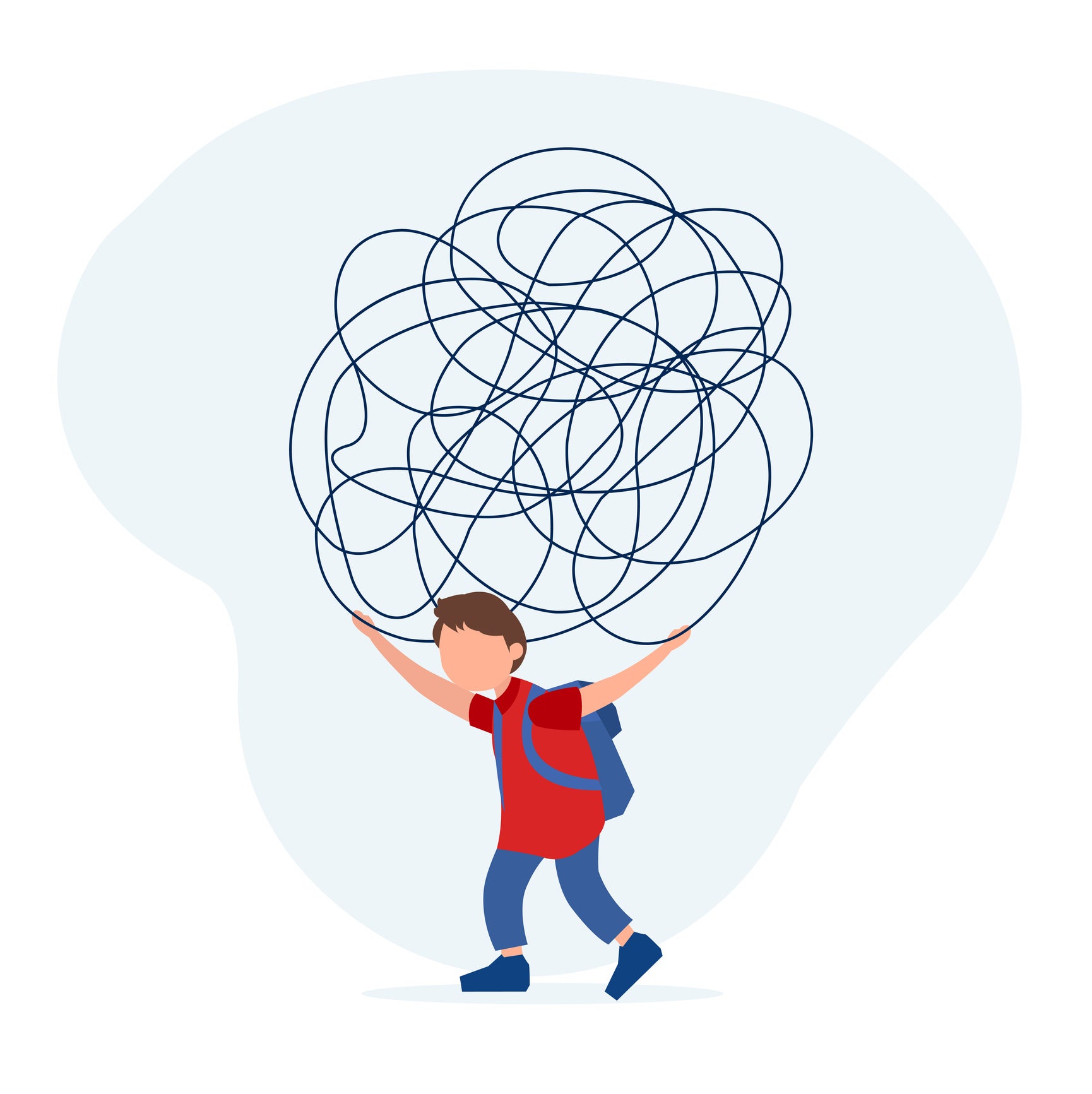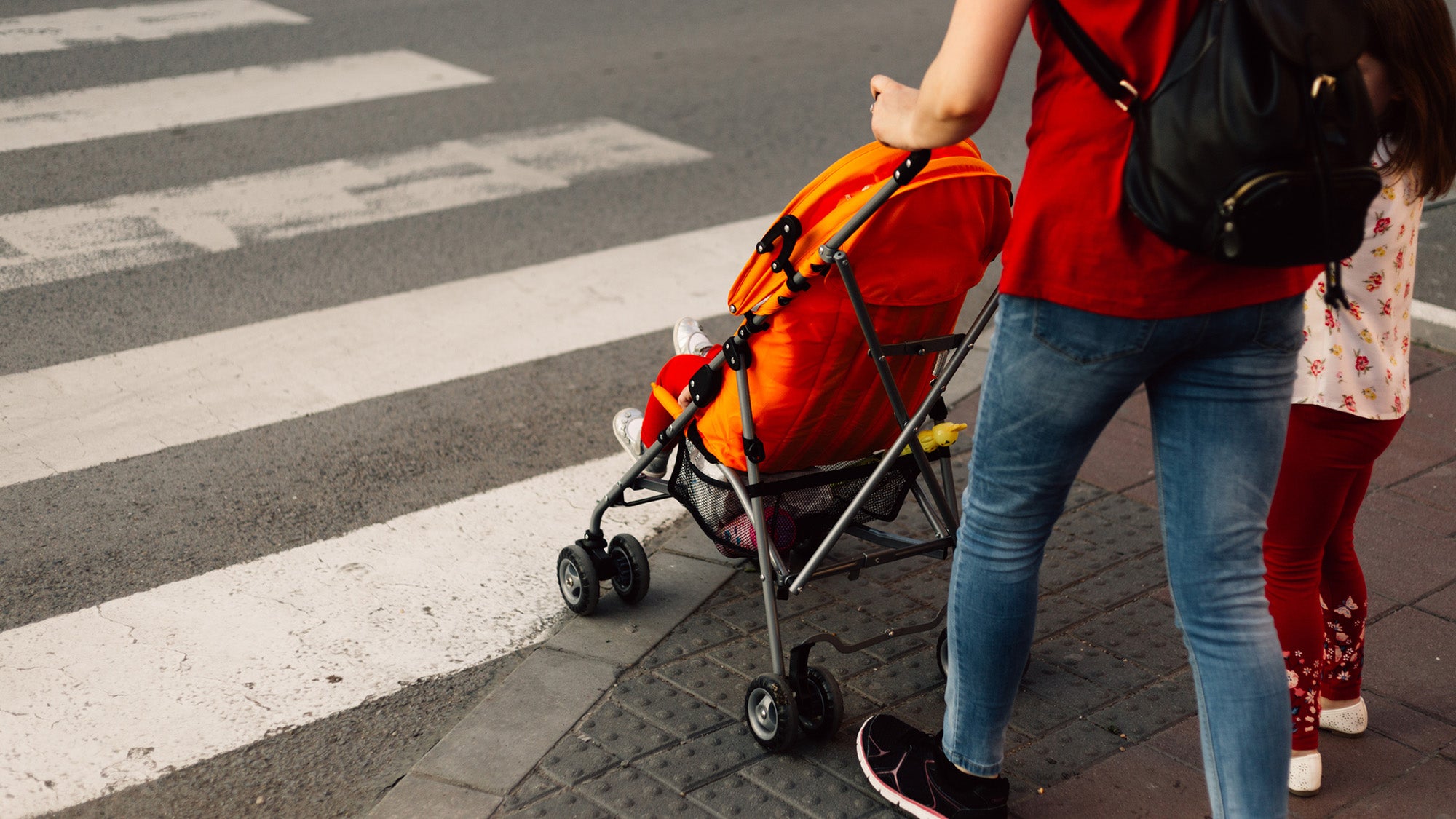Is social media use bad for young people’s mental health? It’s complicated.

July 17, 2023 – On May 23, U.S. Surgeon General Vivek Murthy issued an advisory warning about the potential dangers of social media for the mental health of children and teens. Laura Marciano, postdoctoral research fellow at the Lee Kum Sheung Center for Health and Happiness and in the Department of Social and Behavioral Sciences at Harvard T.H. Chan School of Public Health, says that social media use might be detrimental for young people’s well-being but can also have positive effects.
Q: What are your thoughts on the Surgeon General’s advisory?
A: The advisory highlighted compelling evidence published during the last decade on the potential harmful impact of social media on children and adolescents. Some of what young people experience online—including cyberbullying, online harassment and abuse, predatory behaviors, and exposure to violent, sexual, and hate-based content—can undoubtedly be negative. But social media experiences are not limited to these types of content.
Much of the scientific literature on the effects of social media use has focused on negative outcomes. But the link between social media use and young people’s mental health is complicated. Literature reviews show that study results are mixed: Associations between social media use and well-being can be positive, negative, and even largely null when advanced data analyses are carried out, and the size of the effects is small. And positive and negative effects can co-exist in the same individual. We are still discovering how to compare the effect size of social media use with the effects of other behavioral habits—such as physical activity, sleep, food consumption, life events, and time spent in offline social connections—and psychological processes happening offline. We are also still studying how social media use may be linked positively with well-being.
It’s important to note that many of the existing studies relied on data from people living in so-called WEIRD countries (Western, Educated, Industrialized, Rich and Democratic), thus leaving out the majority of the worldwide population living in the Global South. In addition, we know that populations like minorities, people experiencing health disparities and chronic health conditions, and international students can find social media extremely helpful for creating and maintaining social communities to which they feel they belong.
A number of large cohort studies have measured social media use according to time spent on various platforms. But it’s important to consider not just time spent, but whether that time is displacing time for other activities promoting well-being, like physical activity and sleep. Finally, the effects of social media use are idiosyncratic, meaning that each child and adolescent might be affected differently, which makes it difficult to generalize about the effects.
Literature reviews on interventions limiting social media use present a more balanced picture. For example, one comprehensive review on the effects of digital detox—refraining from using devices such as smartphones—wasn’t able to draw any clear conclusions about whether such detox could be effective at promoting a healthy way of life in the digital era, because the findings were mixed and contradictory.
Q: What has your research found regarding the potential risks and benefits of social media use among young people?
A: In my work with Prof. Vish Viswanath, we have summarized all the papers on how social media use is related to positive well-being measures, to balance the ongoing bias of the literature on negative outcomes such as depression and anxiety. We found both positive and negative correlations between different social media activities and well-being. The most consistent results show a link between social media activities and hedonic well-being (positive emotions) and social well-being. We also found that social comparison—such as comparing how many likes you have with how many someone else has, or comparing yourself to digitally enhanced images online—drives the negative correlation with well-being.
Meanwhile, I am working on the “HappyB” project, a longitudinal project based in Switzerland, through which I have collected data from more than 1,500 adolescents on their smartphone and social media use and well-being. In a recent study using that cohort, we looked at how social media use affects flourishing, a construct that encompasses happiness, meaning and purpose, physical and mental health, character, close social relationships, and financial stability. We found that certain positive social media experiences are associated with flourishing. In particular, having someone to talk to online when feeling lonely was the item most related to well-being. That is not surprising, considering that happiness is related to the quality of social connections.
Our data suggest that homing in on the psychological processes triggered during social media use is key to determining links with well-being. For example, we should consider if a young person feels appreciated and part of a group in a particular online conversation. Such information can help us shed light on the dynamics that shape young people’s well-being through digital activities.
In our research, we work to account for the fact that social media time is a sedentary behavior. We need to consider that any behavior that risks diminishing the time spent on physical activity and sleep—crucial components of brain development and well-being—might be detrimental. Interestingly, some studies suggest that spending a short amount of time using social media, around 1-2 hours, is beneficial, but—as with any extreme behavior—it can cause harm if the time spent online dominates a child’s or adolescent’s day.
It’s also important to consider how long the effects of social media last. Social media use may have small ephemeral effects that can accumulate over time. A step for future research is to disentangle short- versus long-term effects and how long each last. In addition, we should better understand how digital media usage affects the adolescent brain. Colleagues and I have summarized existing neuroscientific studies on the topic, but more multidisciplinary research is needed.
Q: What are some steps you’d recommend to make social media use safer for kids?
A: I’ll use a metaphor to answer this question. Is a car safe for someone that is not able to drive? To drive safely, we need to learn how to accelerate, recognize road signs, make safe decisions according to certain rules, and wear safety belts. Similarly, to use social media safely, I think we as a society—including schools, educators, and health providers—should provide children and families with clear, science-based information on both its positive and negative potential impacts.
We can also ask social media companies to pay more attention to how some features—such as the number of “likes”—can modulate adolescent brain activity, and to think about ways to limit negative effects. We might even ask adolescents to advise designers on how to create social media platforms specifically for them. It would be extremely valuable to ask them which features would be best for them and which ones they would like to avoid. I think that co-designing apps and conducting research with the young people who use the platforms is a crucial step.
For parents, my suggestion is to communicate with your children and promote a climate of safety and empathy when it comes to social media use. Try to use these platforms along with them, for example by explaining how a platform works and commenting on the content. Also, I would encourage schools and parents to collaborate on sharing information with young people about social media and well-being.
Also, to offset children’s sedentary time spent on social media, parents could offer them alternative extracurricular activities to provide some balance. But it’s important to remember that social well-being depends on the quality of social connections, and that social media can help to promote this kind of well-being. So I’d recommend trying to keep what is good—according to my research that would include instant messaging, the chance to talk to people when someone is feeling lonely, and funny or inspirational content—and minimizing what’s negative, such as too much sedentary time or too much time spent on social comparison.


